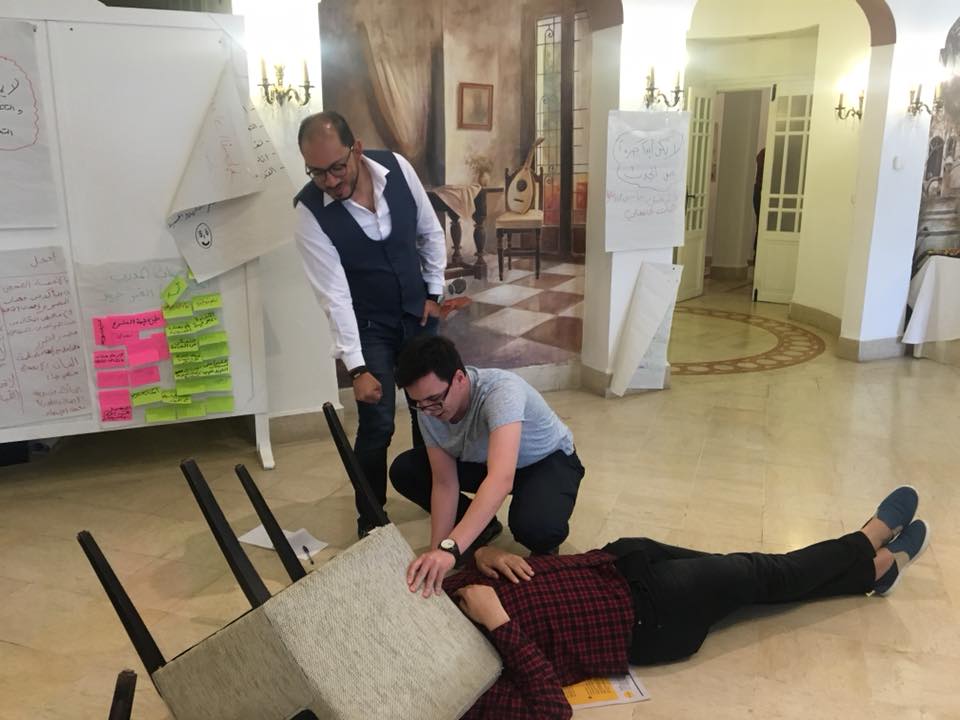From the 2nd of May to the 7th of May, RSF organised in Tunis a training on safety, with a training of trainers approach, to 9 Libyan journalists. The crisis for press freedom in Libya has reached an unprecedented level. Because of the political and security instability of the past four years and the open conflict between two rival governments, journalists have to risk their lives if they want to report, in a climate of complete impunity for press freedom predators, making journalism extremely dangerous. Hence the necessity of this training on safety considered, to provide comprehensive safety measures and awareness and mitigate risks and threats in a hostile environment.

An effort was put into the selection of the participants to reflect as much as possible the diversity, geographically, age-wise and among the profession. Special attention was also paid to form a gender-balanced group, though it may seem difficult when training groups are from war and conflict areas. Yet, 3 out the 9 participants were females. In addition, it was important to select the ones with the highest motivation and the best leadership skills as it was a training with a training of trainer approach, and they will be at some point reproducing the training and transferring the skills they learn. For 5 days, the 9 journalists were trained to better protect themselves, alternating between theory and practical exercises.
As the safety of journalists in conflict zones is a major issue, the trainer adopted a holistic approach and presented both psychosocial and digital security together with physical security. The participants were trained on how to identify and assess the risk while working in a hostile environment. An exercise was done about risks and threats facing Libyan journalists, and the participants learnt how to build a safety plan for a conflict reporting. A session focused as well on mobility and safety and how to deal with checkpoints in conflict zones, as well as surveillance and ambushes. The rest of the day was dedicated to a psychosocial safety and trauma session, where the participants learnt how to interview victims and how to deal with stress themselves.
Subsequently, the participants learnt how to deal with situations such as abduction, covering riots, terrorist attacks, natural disasters, through practical exercises and role play. How to deal with armed forces was later addressed when two journalists mentioned.
During the sessions, the participants learnt to concentrate on peacebuilding rather than the war or conflict itself: choosing well-balanced sources, expressions used, fact-checking, inclusive coverage. These discussions were good because they serve one of the objectives of the training, attitude change.
The next day tackled the issue of conflict sensitive reporting and the roles of journalists in the field (do’s and don’ts when reporting in unsafe places). The sensitive question of the ethical challenges and dilemmas relevant to safety was approached, as well as the challenges of dealing with violence and armed groups, and understanding their media strategy and ways to counter their propaganda. Discussions reflecting unconscious bias and differences between activism and journalism were an eye-opener for everyone.
In conclusion, the training was a success. Based on the trainer’s feedbacks, the performance of the participants was excellent. Some of them co-trained with her, and how they were able to give feedbacks and explanations reflected very well the skills and knowledge absorbed during the training sessions, especially the concept of safety and risk management. The participants managed to identify what they were doing wrong and will change that, and in addition, the training stressed some good practices they will continue doing it.


